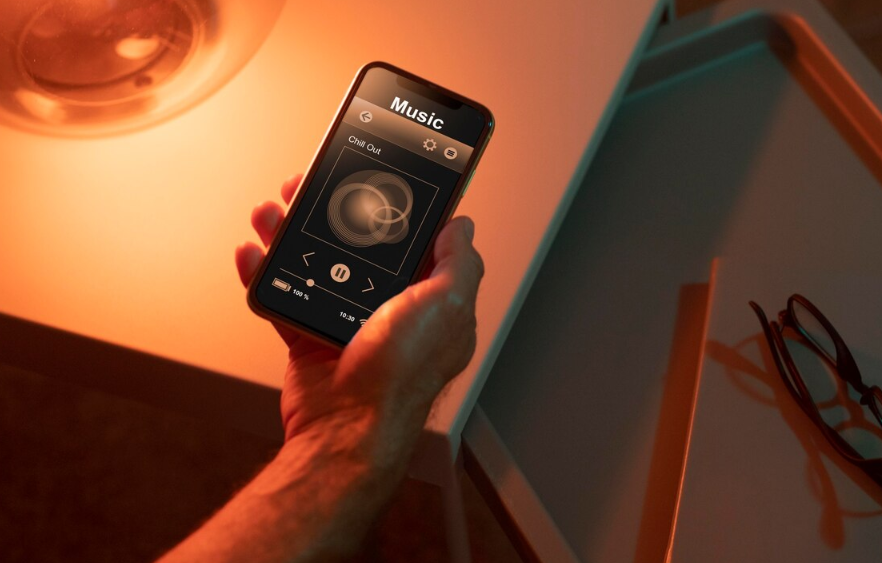We are surrounded by operating systems. They power our laptops, our phones, our watches, and even our refrigerators. But beyond silicon and software, a subtler OS shapes our lives—one that governs how we think, learn, decide, and behave. These aren’t digital programs. They are mental frameworks—philosophical, psychological, or cognitive tools we use to run our inner world.
In an age of accelerating information, fragmented attention, and overwhelming complexity, it’s time to ask: what’s the operating system of your mind?
What Is a Mental Operating System?
Just as a digital operating system provides structure and control to a computer, a mental OS refers to the underlying system of beliefs, habits, tools, and thought patterns that shape how we process reality.
Your mental OS includes:
- How you learn and unlearn
- How you handle uncertainty
- How you make decisions
- How you regulate emotions
- How you interact with others
These systems are not fixed. Like any OS, they can be upgraded, patched, debugged, or even replaced entirely.
Historical Precedents
The idea isn’t new. Many ancient traditions acted as cognitive frameworks:
- Stoicism was an OS for emotional resilience.
- Buddhism offered a system of mindfulness and awareness.
- The Socratic Method was a mental kernel for reasoning and debate.
- Indigenous storytelling encoded systems of memory, ecology, and ethics.
These were not just spiritual or cultural codes—they were cognitive architectures.
Modern Mental Operating Systems
In our time, various disciplines offer their own “OS” upgrades:
1. Mental Models (from systems thinking)
Frameworks like “second-order thinking,” “inversion,” or “Occam’s Razor” help people reason more clearly.
2. Cognitive Behavioral Therapy (CBT)
Used in psychology, CBT rewires negative thought loops through structured intervention. It’s a debug tool for the anxious or depressed mind.
3. Productivity Frameworks
Systems like GTD (Getting Things Done), PARA (Projects, Areas, Resources, Archives), or time-blocking turn mental chaos into organized flow.
4. Digital Mind Extension
Tools like Notion, Obsidian, and Roam are being used to create “second brains”—externalized memory systems that expand the capabilities of the human mind.
5. Mindfulness and Meditation Apps
Platforms like Calm, Waking Up, or Headspace are helping millions install “quiet modes” in their minds, buffering them from the relentless ping of digital noise.
Why Upgrade?
An outdated mental OS can result in:
- Cognitive overload
- Chronic indecision
- Negative self-talk
- Inflexibility in a changing world
Just like legacy software, an unmaintained mind can slow you down, leave you vulnerable to bugs (like misinformation or impulsivity), and limit your ability to grow.
On the other hand, a modern, flexible mental OS:
- Enhances focus and clarity
- Increases emotional resilience
- Enables lifelong learning
- Builds antifragility in uncertain times
The OS Is the Interface
Most people don’t notice their mental OS until it crashes. But if we become conscious of it, we can start customizing the interface between ourselves and the world. This doesn’t mean becoming robotic—it means becoming intentional.
We can:
- Choose better defaults (e.g., curiosity over judgment)
- Install updates regularly (through reflection, reading, therapy)
- Run diagnostics (via journaling or honest feedback)
- Avoid malware (like doomscrolling or toxic ideologies)
Future OS: Neurotech and Psychedelics?
The next frontier of mental OS design may go beyond metaphor. With brain-computer interfaces (like Neuralink), AI copilots, and psychedelic-assisted therapy, we may soon be rewriting mental code at the neural level.
This raises ethical and philosophical questions:
If you can change your consciousness like an app, what does it mean to be “you”?
Conclusion
Your mind already has an operating system. The question is: Did you choose it, or did it install itself by default? In a time where attention is currency and thought is terrain, mastering your mental OS may be the most important upgrade of your life.
So—what version are you running?


